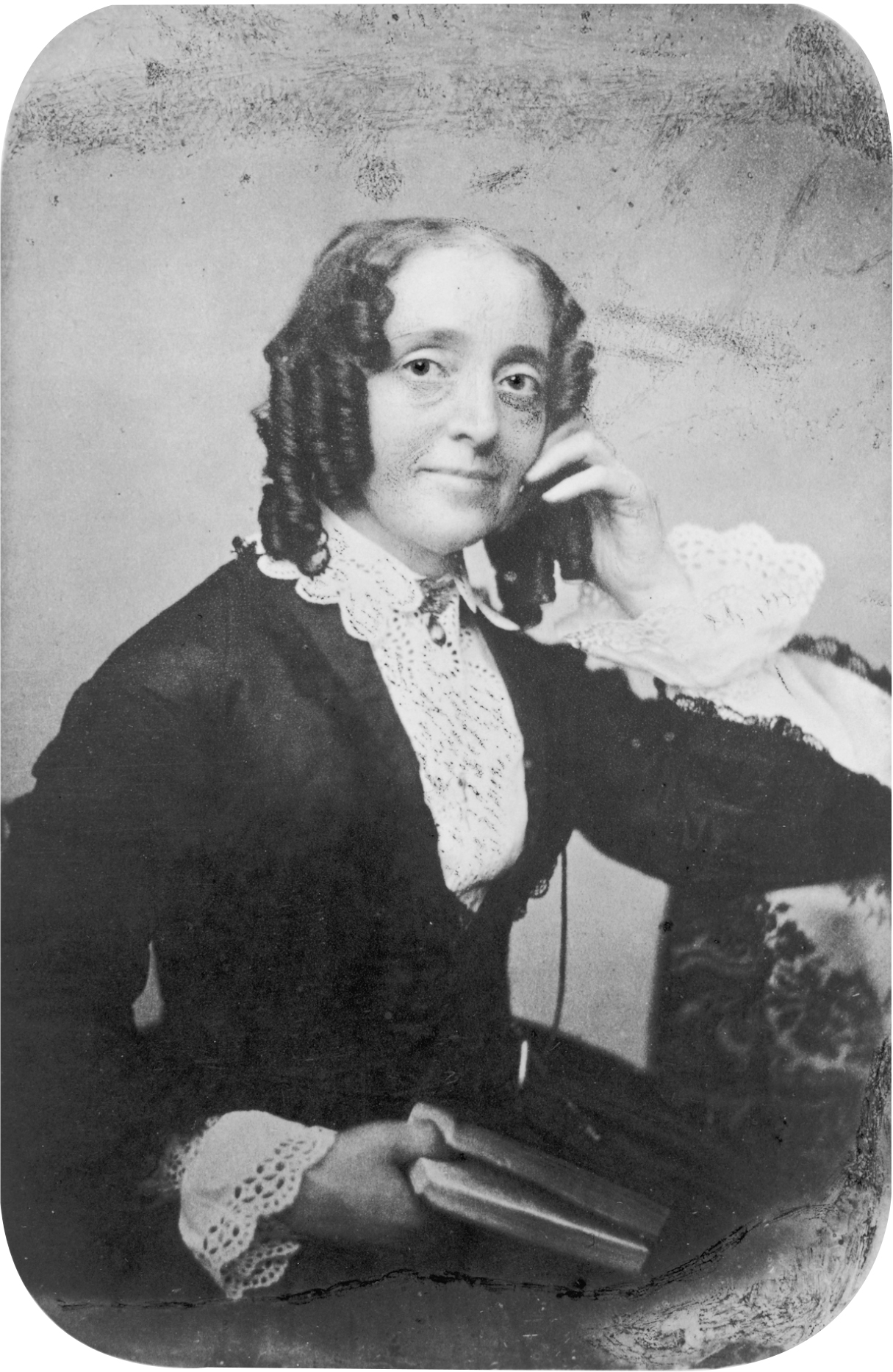The American Promise: Printed Page 390
EXPERIENCING THE AMERICAN PROMISE
The American Promise: Printed Page 390
Page 390“A Purse of Her Own”: Petitioning for the Right to Own Property
In the early Republic, as today, having money and deciding how to spend it was a fundamental aspect of independent adulthood. Yet antebellum married women were denied this privilege, because of the laws of coverture, which placed wives under the full legal control of their husbands (see “Women and the Law” in chapter 10). By law, husbands made all the financial decisions in a household. Even money that a wife earned or brought into a marriage from gifts or inheritance was not hers to control as long as she remained married. Ernestine Potowsky Rose of New York City thought that was wrong, and she became the first woman in the United States to take action to change the law.
Born in Poland in 1810, Ernestine Potowsky was the daughter of a rabbi, which meant that her destiny was fixed: an arranged marriage, many children, and a life strictly governed by religious law. Ernestine rejected this fate and left home for London. There, at age nineteen, she married William Rose, a like-
Ernestine soon learned of a bill presented in 1837 in the New York assembly proposing that married women, “equally with males and unmarried females, possess the rights of life, liberty, and PROPERTY, and are equally entitled to be protected in all three.” But opponents feared that it would undermine a central pillar of marriage: the assumption that husband and wife shared identical interests. Predictably, the bill failed to pass.
The devastating panics of 1837 and 1839 (see “Elections and Panics” in chapter 11), and the resulting bankruptcies, soon changed some traditionalists’ minds about wives and property. Men in several state legislatures crafted laws that shielded a wife’s inherited property from creditors collecting debts from her husband. Mississippi led the way in 1839, and by 1848 eighteen states had modified property laws in the name of family protection.
In New York, as support for such a law grew, Ernestine Rose mobilized a new constituency of women around the argument that married women should be able to own and control property. She circulated petitions and spoke from public platforms, often joined by Elizabeth Cady Stanton, a young wife from western New York. In April 1848, three months before the Seneca Falls woman’s rights convention (see “Woman’s Rights Activists” in chapter 12), the New York assembly finally awarded married women sole authority over property they brought to a marriage.
Rose welcomed the new law but recognized its key shortcoming: It made no provision for wages earned by a married woman. Nor did it alter inheritance laws that limited a widow’s share of her husband’s estate. Speaking at every national woman’s rights convention from 1850 to 1860, Rose argued for women’s economic independence. In 1853, she itemized the limited belongings allowed to a widow if her husband died without a will: “As to the personal property, after all debts and liabilities are discharged, the widow receives one-
Of particular concern to Rose was the plight of poor wives. She and Susan B. Anthony encountered women trapped in marriages with husbands who failed to support their dependents. Anthony, herself a lifelong single woman, recalled that “as I passed from town to town I was made to feel the great evil of women’s utter dependence on man. . . . Woman must have a purse of her own.”
Rose’s efforts paid off. In 1860, New York amended its law to include a wife’s wages as her own, but only if she earned the money outside the household. Money earned selling eggs or caring for boarders still went directly into the husband’s pocket. Perhaps the most significant beneficiaries of this law were women whose husbands were incompetent to support them or who had deserted them. These husbands now had no right to their wives’ hard-
The revised New York law made other important changes to coverture. A wife could now sue (or be sued), make legal contracts of her own, and serve as joint guardian of her children, “with equal powers, rights and duties in regard to them.” These changes, adopted in many states after 1860, began the long (and still ongoing) process of elevating women to equality with men.

Questions for Analysis
Recognize Viewpoints: What do the laws of coverture reveal about how most men viewed married women in antebellum America?
Analyze the Evidence: Why, according to women activists like Ernestine Rose, did a woman need “a purse of her own”?
Consider the Context: What do you suppose there was about women’s condition that drew some northern women to the antislavery campaign?